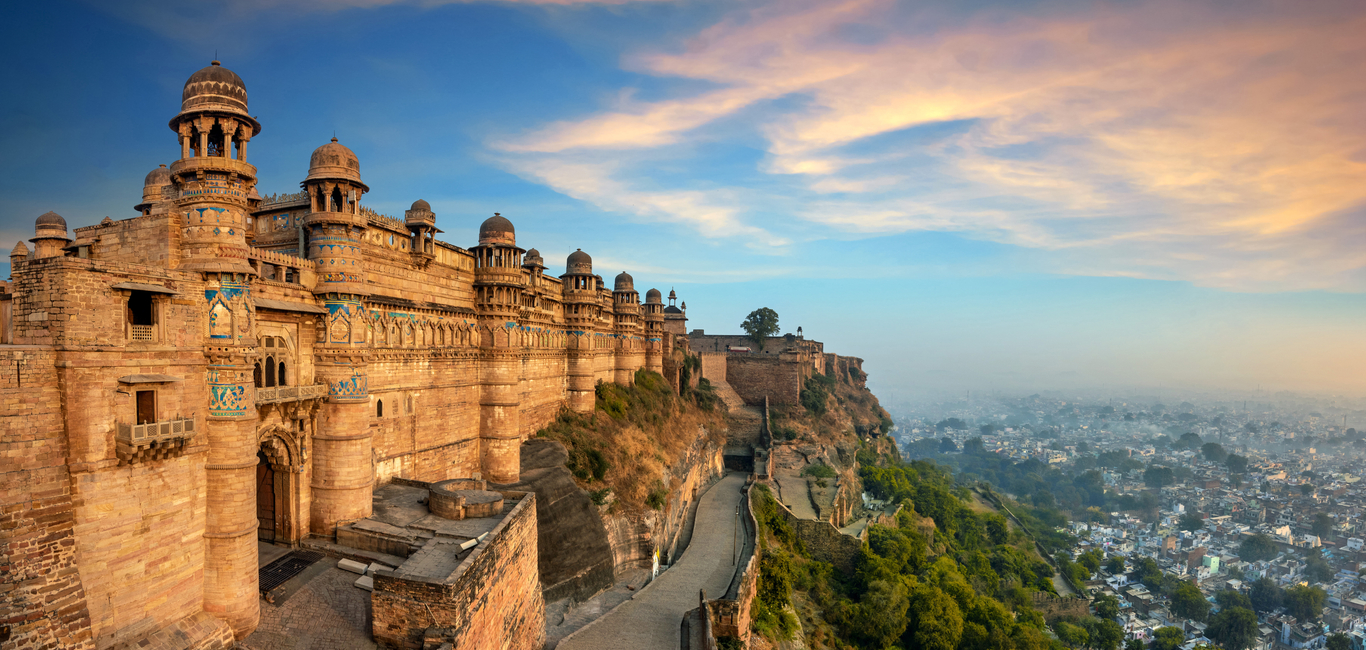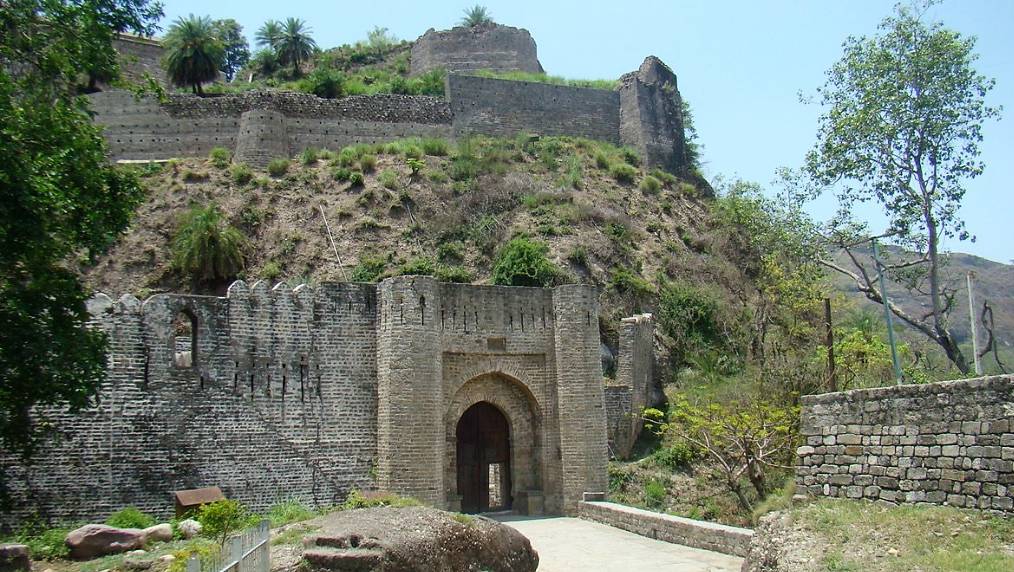The Ganges has the indisputable reputation of being India’s holiest river. India is the birthplace of Hinduism and the river provides the elixir for the undying devotion of many generations of Hindus. Over many millennia, pilgrims have subscribed to the belief that bathing in the Ganges absolves sin and circumvents the process of rebirth.
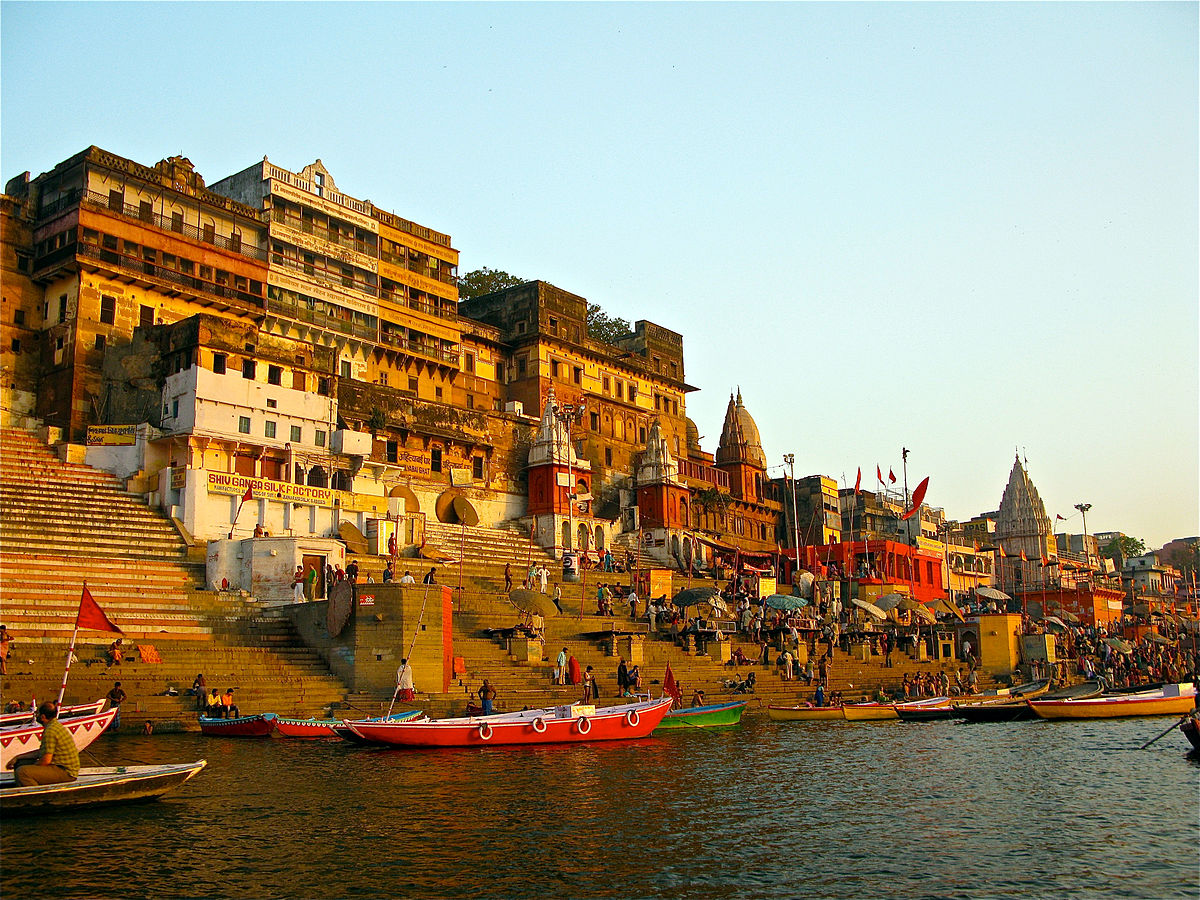
The Puranas include many tales about the Ganges and its origins. King Shantanu, an ancestor of the Pandavas (heroes of the Mahabharata) chanced upon Ganga in her mortal form. Smitten by her beauty, he instantly asked for her hand in marriage. The river goddess agreed, but put forth a condition: Shantanu could never question her actions, however abhorrent they might seem. If he did, she would be compelled to leave him. The king and his queen lived happily together and soon a son was born to them. But to Shantanu’s horror, Ganga carried him to the river and drowned him. Shantanu was aghast but did not intervene until the same fate befell six more of his children. When the eighth child was born, the grief-stricken king could not contain himself any longer and demanded an explanation. Before Ganga left him, she identified herself and told the king that his sons were Vasus (divine beings) who were born as mortals due to a curse. By drowning them, she had liberated their doomed souls. As her action was interrupted, the eighth child would have to live as a mortal on earth. She then decided to take their surviving son Devavrata with a promise that he would return to Shantanu as heir apparent at the age of sixteen. This child, who later came to be known as Bhishma, played a pivotal role in the Mahabharata.
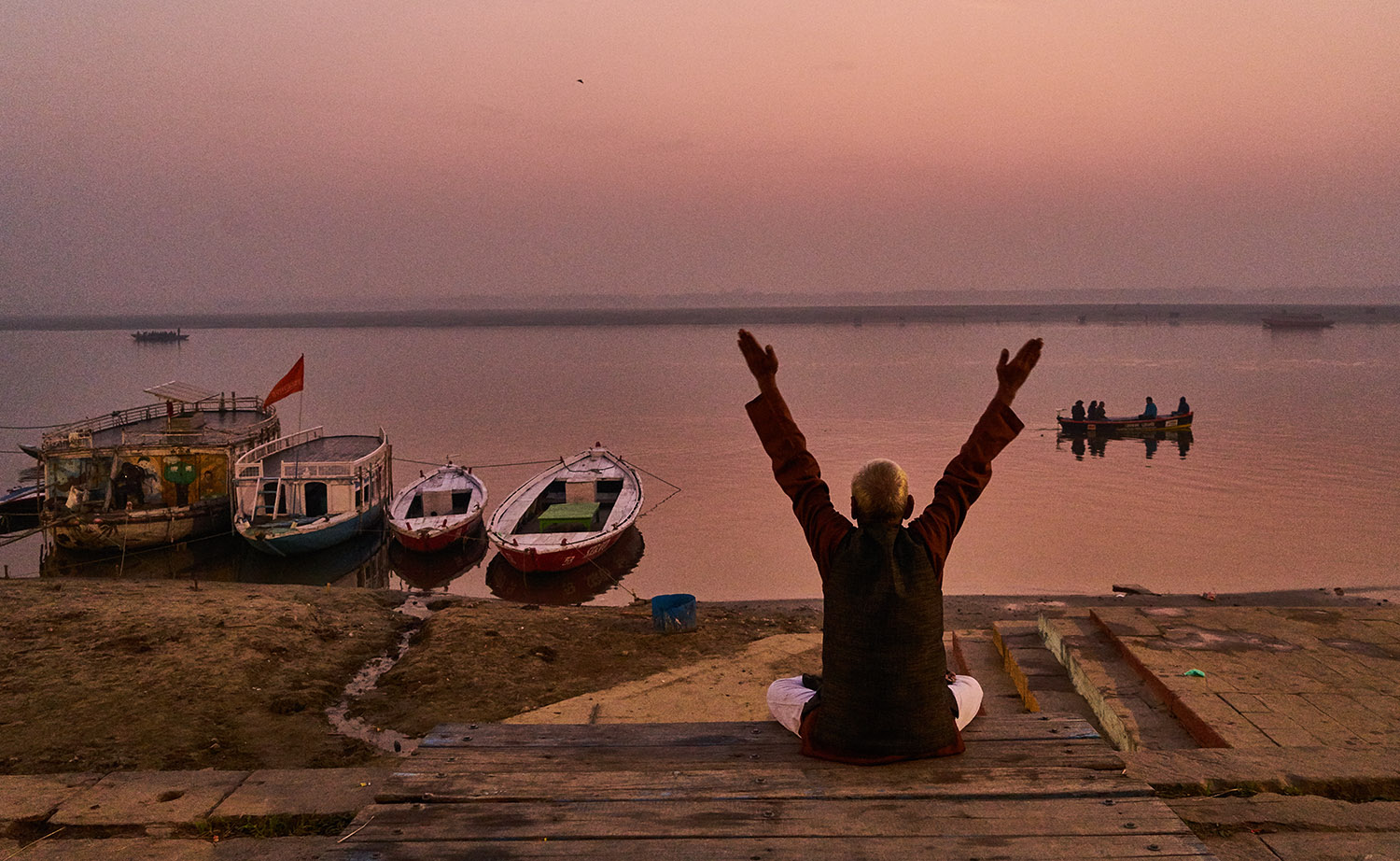
The most popular legend about Ganga’s origin revolves around King Sagar, his sixty thousand sons, and his sympathetic scion Bhagiratha. King Sagar who ruled Ayodhya was an ancestor of Rama, the protagonist of the Hindu epic Ramayana. He is believed to have successfully performed the Ashwamedha Yajna (horse sacrifice) ninety-nine times.
Indra, the king of gods was envious of King Sagar’s success. Using his magical powers, he stole the sacrificial stallion and hid it in the hermitage of Kapil Muni. The sage who was in a meditative trance was oblivious to this plot. The sixty-thousand sons of Sagar managed to trace the horse and holding the sage responsible for the abduction, assaulted him. The enraged sage consigned the princes to ashes with his glare.

Many years later, when King Bhagiratha learned about the plight of his ancestors, he requested the sage to grant them salvation. Although the sage gave him a patient hearing, he regretted his inability to reverse the curse and suggested that Bhagiratha prays to Ganga, as only her touch could liberate their souls. The king observed a protracted penance in the fond hope that Brahma would let Ganga leave her heavenly abode and descend to earth. Pleased with his devotion, Brahma granted his wish but warned him that only Shiva could sustain the power of her descent. Thus began another arduous penance by which the persuasive king managed to appease Shiva, who let Ganga flow through his matted locks as she descended to earth. When Ganga touched the ashes of Bhagiratha’s ancestors, their souls were freed and they ascended to heaven singing his praises.
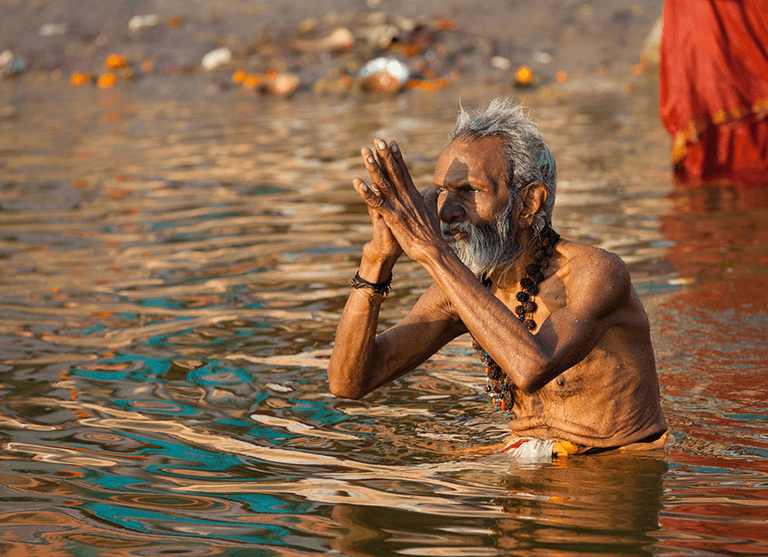
While Ganga’s mythical descent is attributed to the prolonged penances of King Bhagiratha, her geographical birth that goes back at least 50 million years coincides with the formation of the Himalayas, where she starts her journey. High above the foothills of the western Himalayas, below the Swargarohini Range in Uttaranchal, a sinuous trail of rock and ice meanders slowly towards Gomukh, the glacial snout where the Ganga begins her earthly descent. However, this is not a solitary source. The alpine meadow of Tapovan above the Gangotri glacier has numerous feeder streams that join the glacial melt. At an altitude of almost 16,000 feet, the meadow supports an astonishing diversity of flora and fauna. Hundreds of Ibex and Ghural graze undisturbed here. This is also the domain of the elusive Snow Leopard. The fact that this region is inaccessible to most tourists has ensured its pristine habitat.
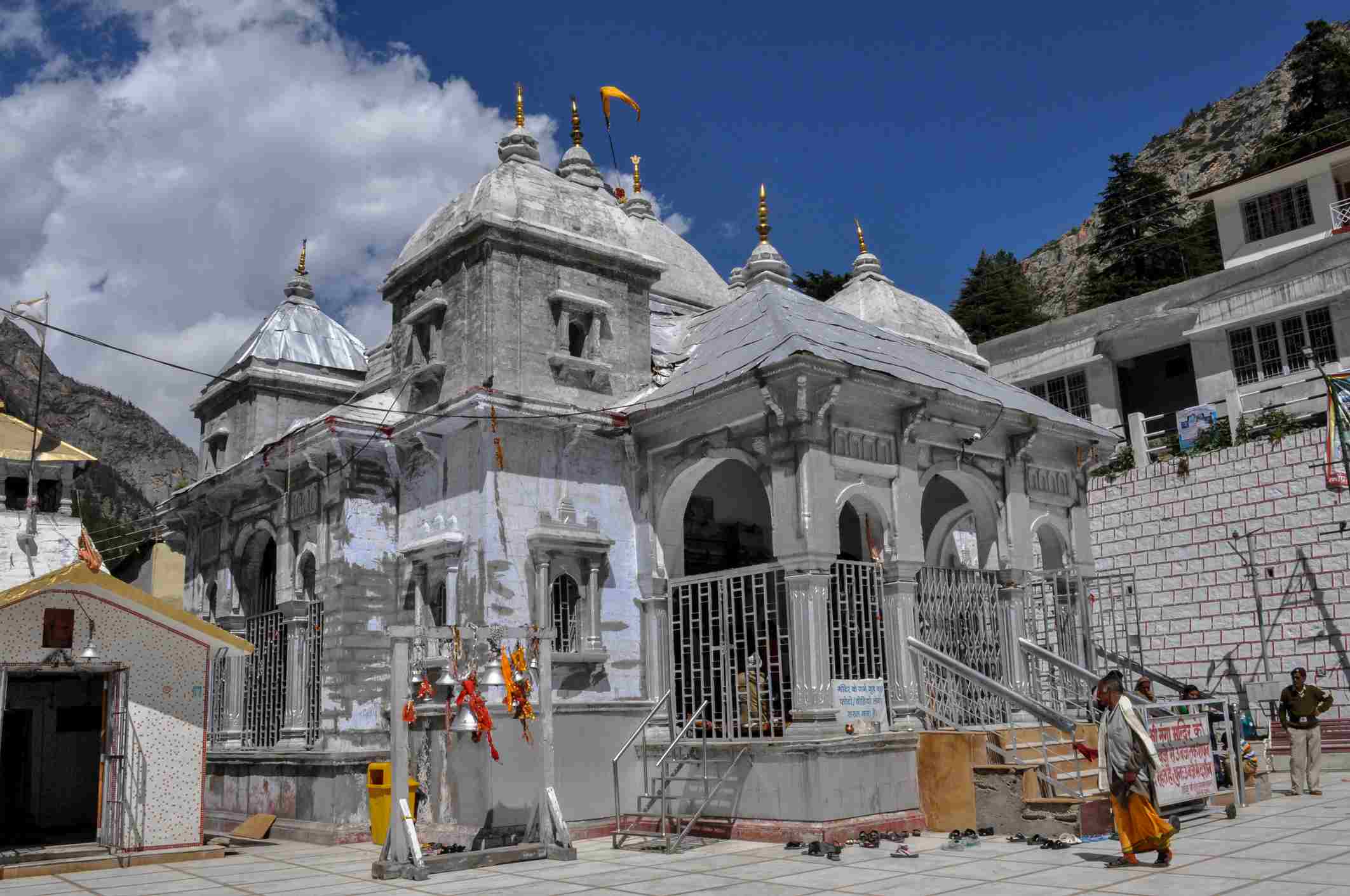
At its source, the river is known as Bhagirathi. It joins the Alaknanda River at Devaprayag to form the Ganges. From Gomukh, the river cuts through a deep gorge, progressively descending from an altitude of 15,000 feet to 10,000 feet before flowing past the town of Gangotri. Although many small streams drain into the Ganges, its six main tributaries and their five confluences have tremendous religious importance. The Alaknanda meets the Dhauliganga at Vishnuprayag: the Mandakini at Nandprayag; the Pindar at Karnaprayag; the Mandakini at Rudraprayag and finally the Bhagirathi at Devprayag to form the headwaters of the Ganges. The Bhagirathi that rises at Gomukh is the source stream of the Ganges and is its most important tributary.
The Ghats of Varanasi
The Ghats on the riverfront provides a backdrop for an unparalleled human drama that unfolds at the break of dawn involving thousands who come here to bathe. The silence of the waning night is shattered by hymns. Smoke from funeral pyres and incense sticks hangs about the air like an inescapable mantle. The pundit and pilgrim try to outwit each other, but the pundit always wins. Mimes walk past dressed as gods; the many Hanumans, Shivas and Ramas often squabble over territorial rights. When the sun hoists itself into the zenith, the ghats become quieter. The activities along them resume towards the end of the day when the aartis commence. Electric lamps compete with the countless diyas that are set afloat in the Ganges. If the oil lamps manage to stay afloat, it is considered a good omen.
 Musicians vie for attention and each group tries to drown the sounds of the other. The chants reach a crescendo and in a hypnotic trance, pilgrims sway to the music. Then as the reverberations fade, the crowd disperses and an aphotic hush descends on the ghats. The silence of the night is broken only by the occasional song of a boatman -the voice of the Ganges.
Musicians vie for attention and each group tries to drown the sounds of the other. The chants reach a crescendo and in a hypnotic trance, pilgrims sway to the music. Then as the reverberations fade, the crowd disperses and an aphotic hush descends on the ghats. The silence of the night is broken only by the occasional song of a boatman -the voice of the Ganges.
In the 18th century, the Gorkha chieftain Amar Singh Thapa constructed a shrine dedicated to Ganga at Gangotri. Like any other center of pilgrimage, the temple is the node around which a disorganized town has proliferated. Gangotri was connected to the plains by a fully-motorable road only a couple of decades ago; before this, pilgrims had to make a long and often dangerous trek to reach the shrine. A thunderous Bhagirathi snakes past the broken mountain landscape before entering a woefully narrow gorge known as Gaurikund. From here it begins its gradual descent into the plains. This is one of the four sites of the Char Dham pilgrimage circuit. Every year, thousands of pilgrims throng to the site between May and October. By November, Gangotri is covered with snow, and it is believed that the Goddess retreats to Mukhba, her winter abode (12 km downstream).
The next important town along the river, Uttarkashi is also the starting point for pilgrimages to the hill shrines of Uttaranchal.
Situated at an average elevation of 3800 ft, this picturesque town is sited along the edges of a ravine gouged out by the Bhagirathi. A possessed suspension bridge that sways, groans, and trembles connect the two sides. The temples, bathing ghats, and holy men are concentrated on the eastern bank of the river. The Bhagirathi that is relatively untainted in the mountains, gets its first taste of pollutants in Uttarkashi. While it is not very apparent from a distance, the sheer volume of garbage dumped along the river is horrifying. But the pilgrims do not seem to mind, and the civic authorities don’t care and life along the ghats goes on as usual. The Ganges flows past the towns of Rishikesh and Haridwar before entering the plains. The first noticeable thing about Rishikesh is its serenity and absolute unhurried way of life. Nestled amidst the Shivalik Range, the town is quieter and cleaner than its more populous twin Haridwar. Back in the ’60s, it gained instant but fleeting fame as the place where the Beatles came to be with their guru, Maharishi Mahesh Yogi. In the 70s, it was the 70s, a popular destination for the ‘flower children’. Today, other than being an excellent place for the study of Hinduism and yoga, Rishikesh also attracts white water, rafting enthusiasts.


